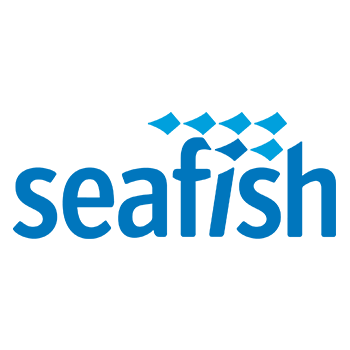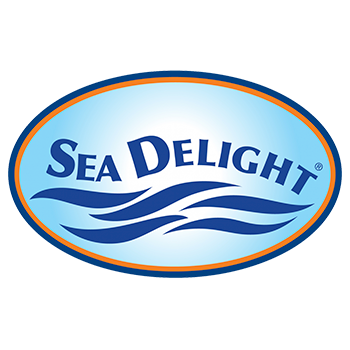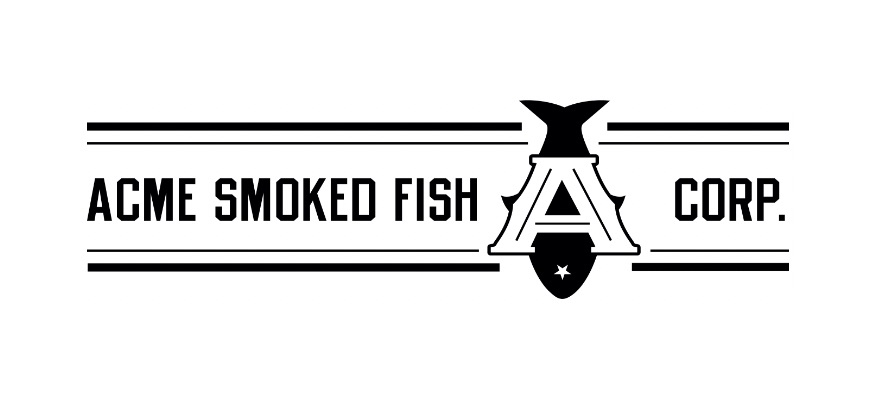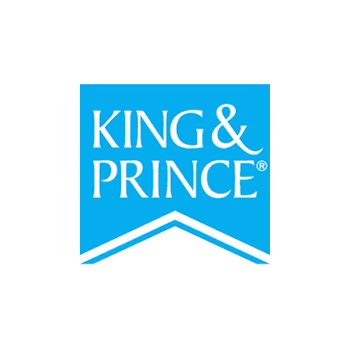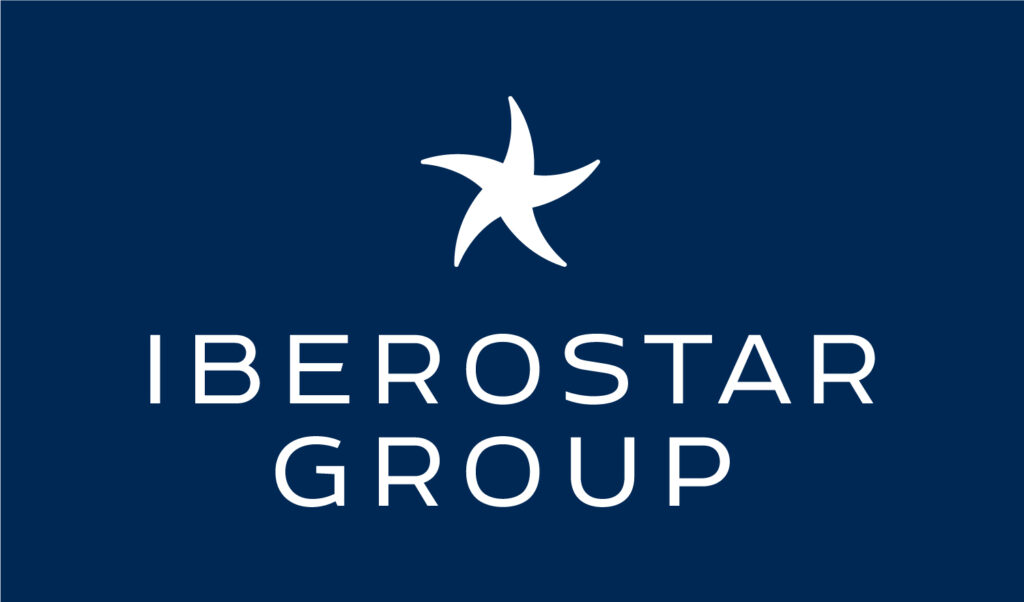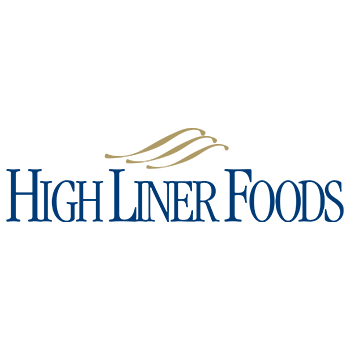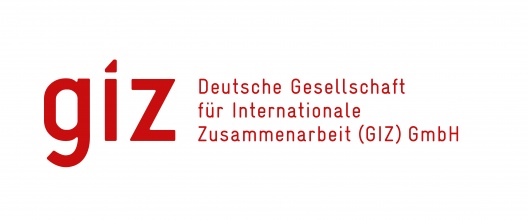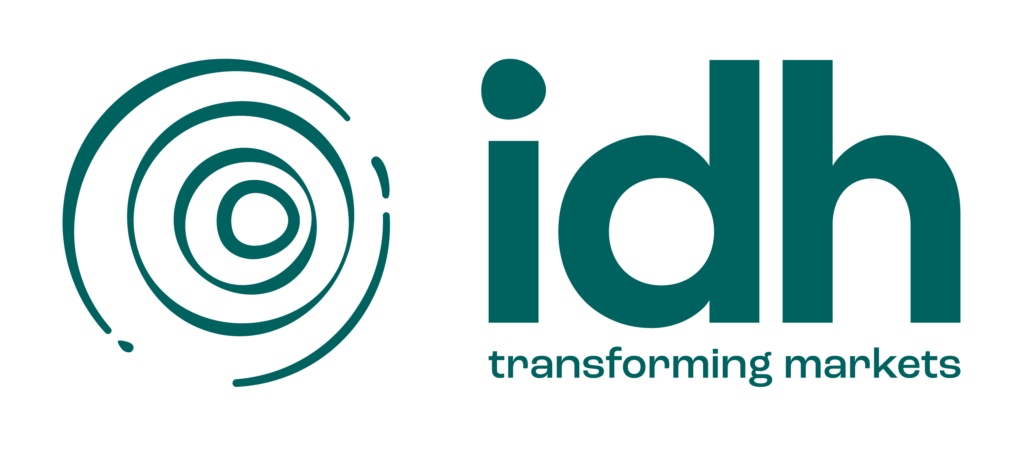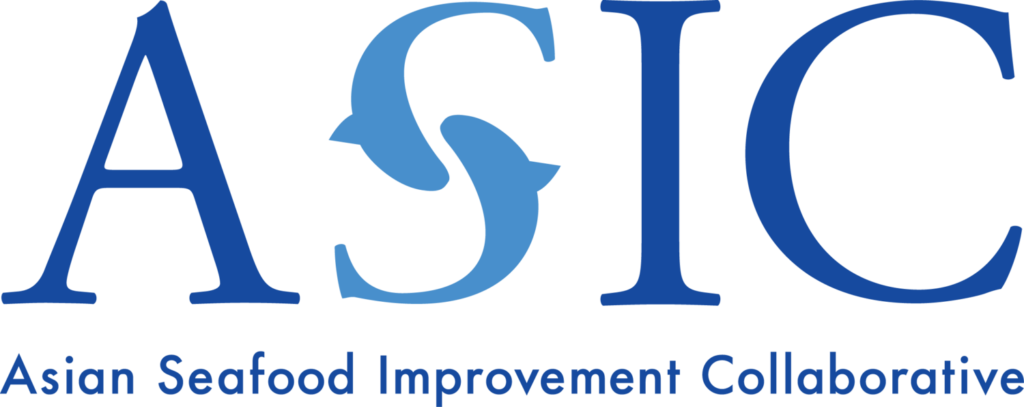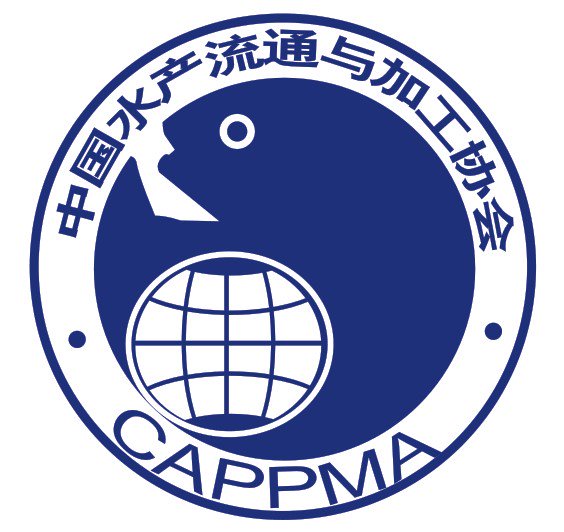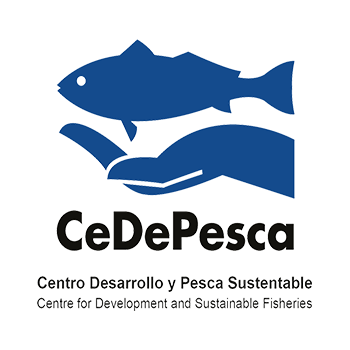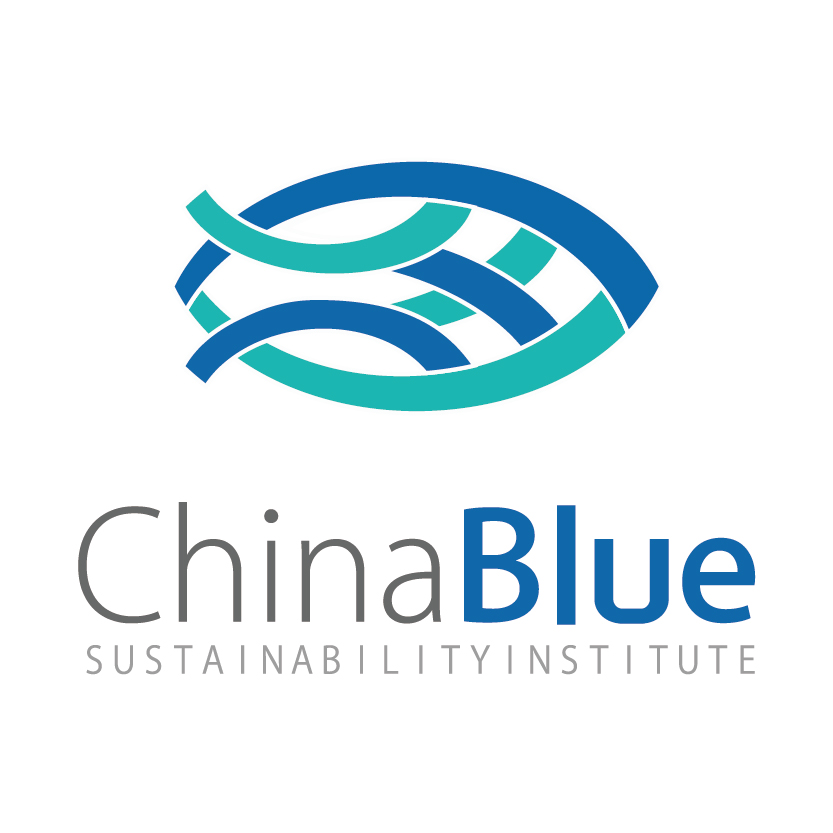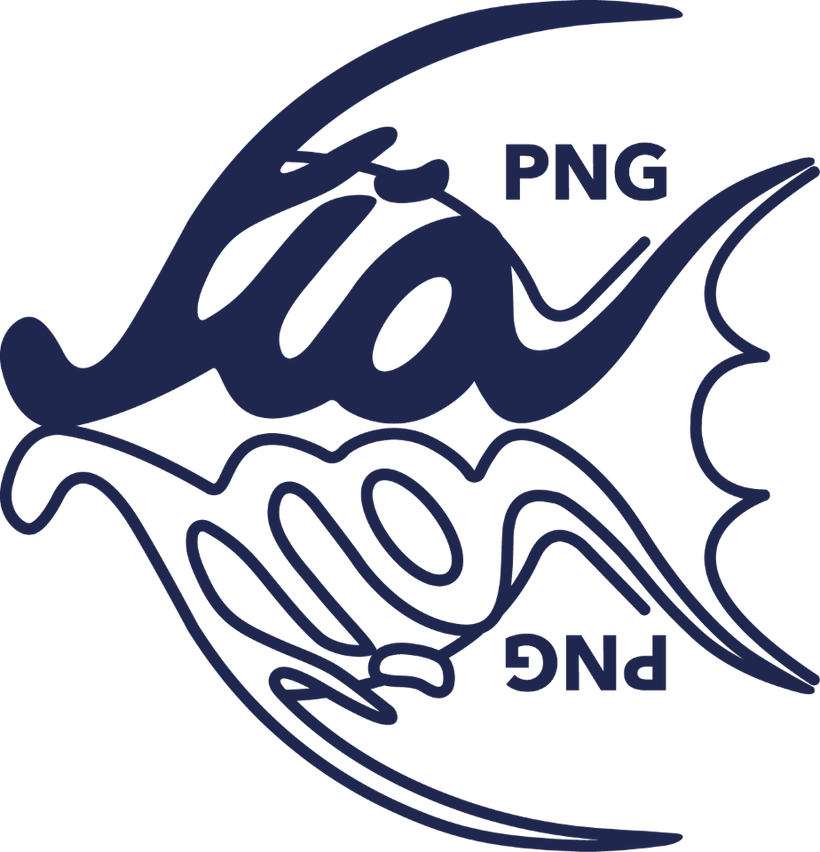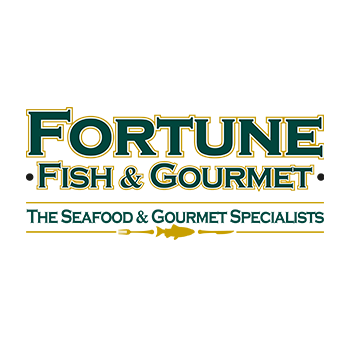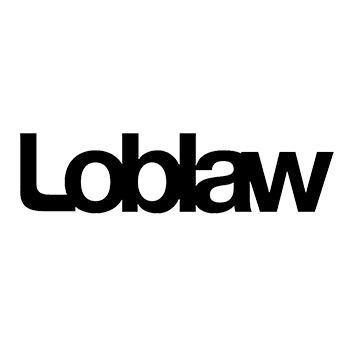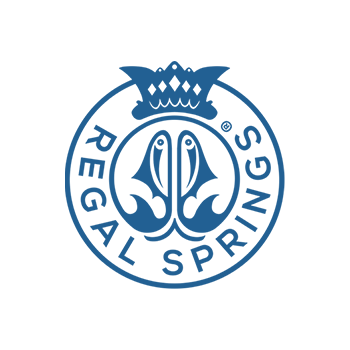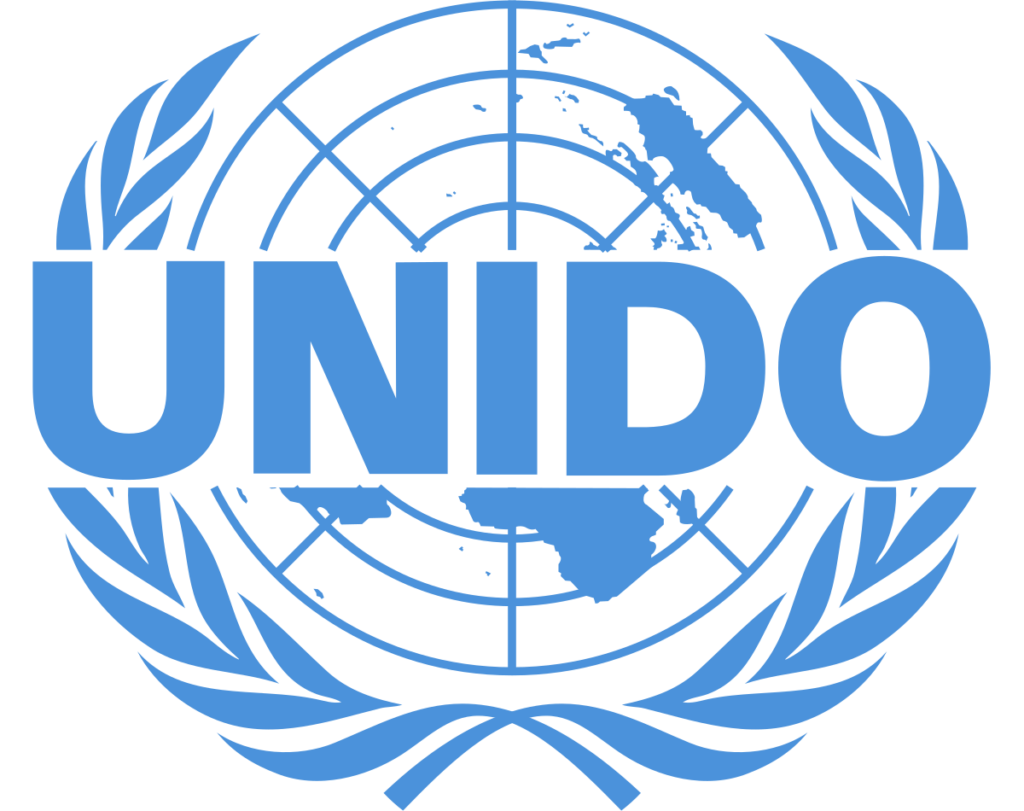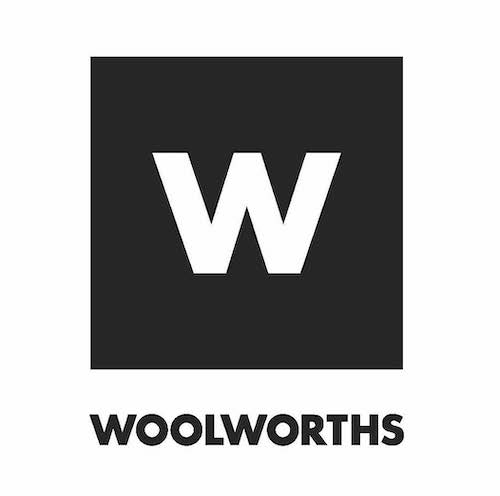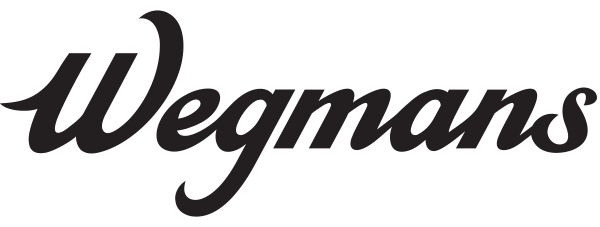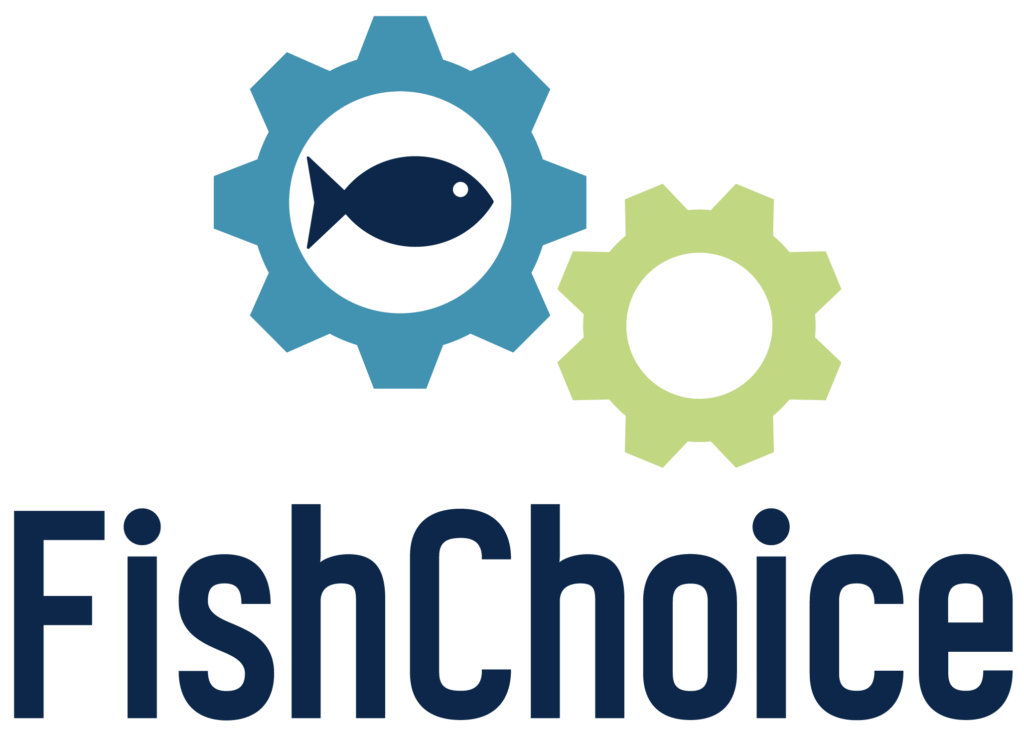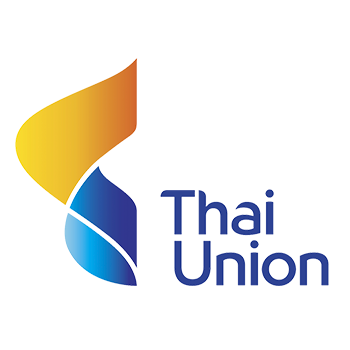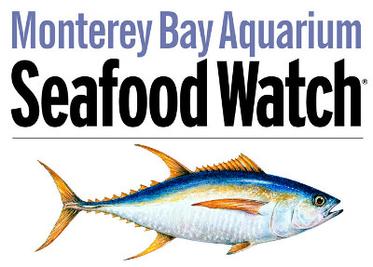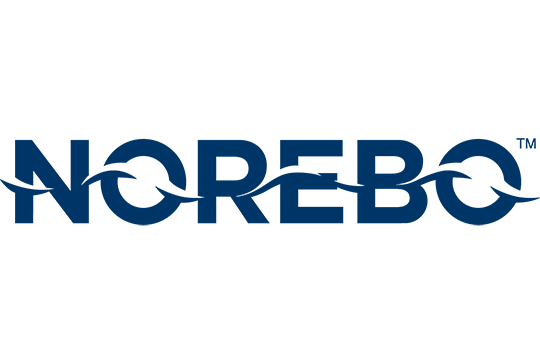

Programs include NGO’s, and local initiatives by producers, government, or development agencies.
“Seafood MAP gives an opportunity to match available socioeconomic and cultural support with the reality that small-scale communities find themselves in. Many communities are non-formal, which limits their participation in important governance and decision-making processes. Seafood MAP has the potential to drive change towards fair systems by mobilizing awareness and support from programs, buyers and others in meaningful ways if these core issues faced by small-scale fisheries are considered equally important as the economic ones.”
“Seafood MAP promotes transparency at the small-scale producer level but also serves as an educational tool. For small-scale actors who may not have experience reporting data, but also for larger companies to learn how to drive improvements in the supply chain. Seafood MAP will unlock new evidences of sustainability that serve seafood actors globally.”
“Seafood MAP offers a first step for us to increase overall production sustainability on the African continent. It allows us to be part of a global platform before certification, and learn about markets that do demand a certain level of certification. Seafood MAP will allow us to raise up the standards, increase the presence of certification bodies and associations that maintain a specific quality, and work with producers to start selling in such markets.”
“As a distributor and a buyer, Seafood MAP gives us the tool to find suppliers who share our values, whilst understanding that they may not yet check all the boxes. What matters the most is that we can reach out to those communities and start building a relationship based on trust and transparency.”
“When doing due diligence on a new investee, we need to go to multiple sources to have an understanding about stock status, who is doing what, how is a fishery regulated. Seafood MAP will bring this all together by combining user data and external data and by providing interlinkages with other platforms where more can be learned.”
Thank you to these Seafood MAP Champions who have provided seed funding on our journey.
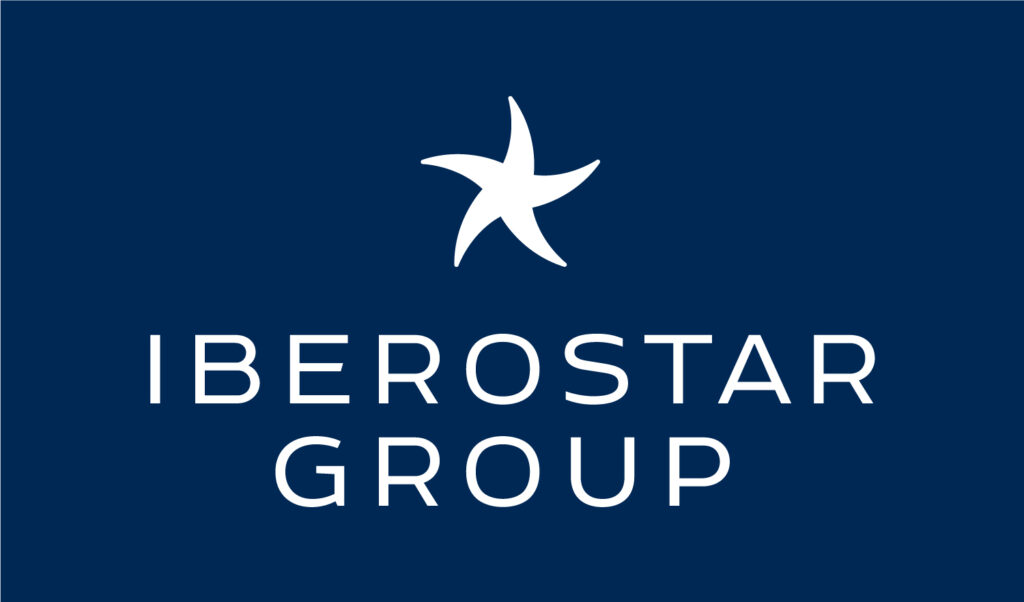
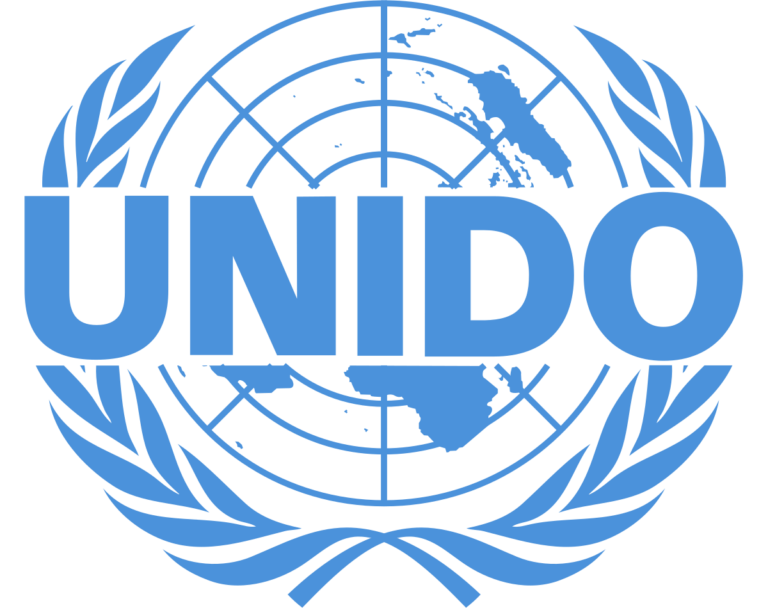
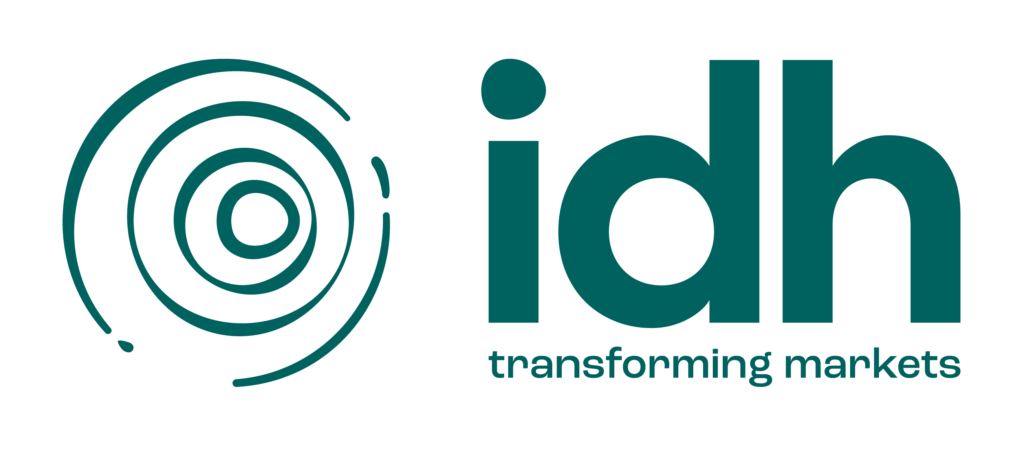
Thank you to these GSSI Partners who have supported the development of Seafood MAP since 2021.

